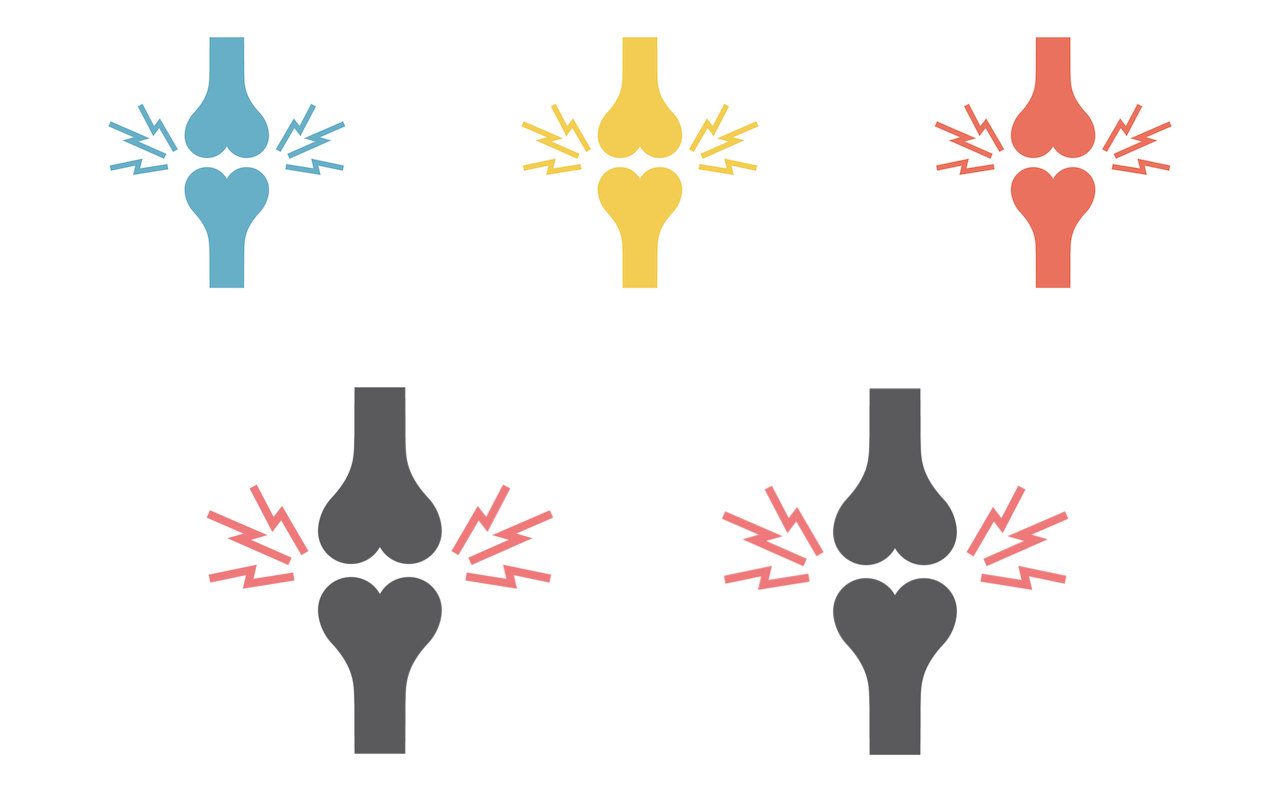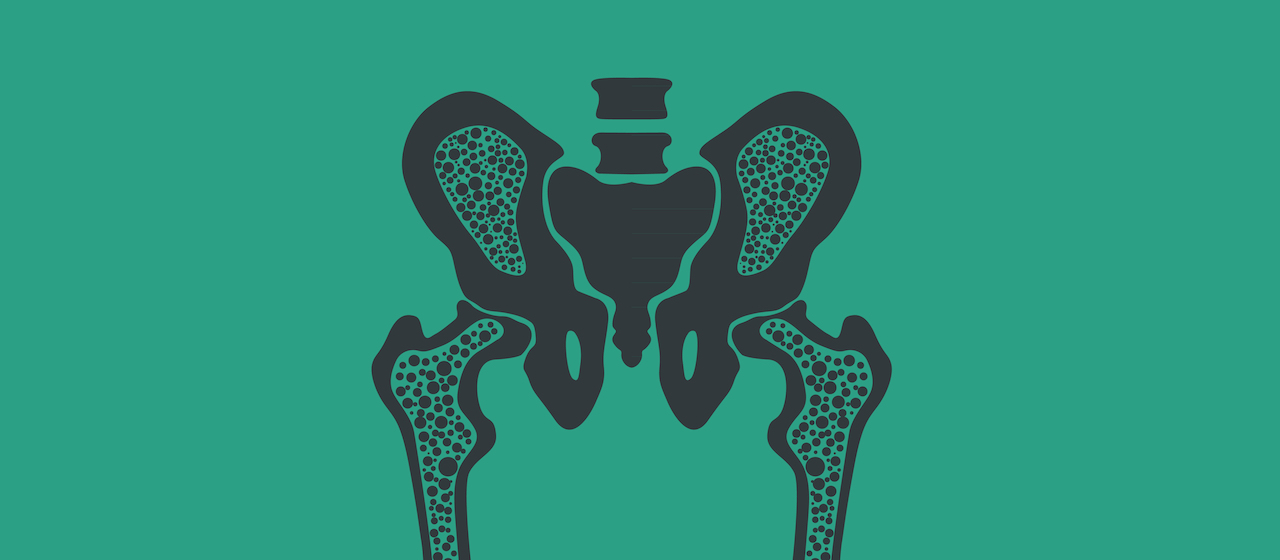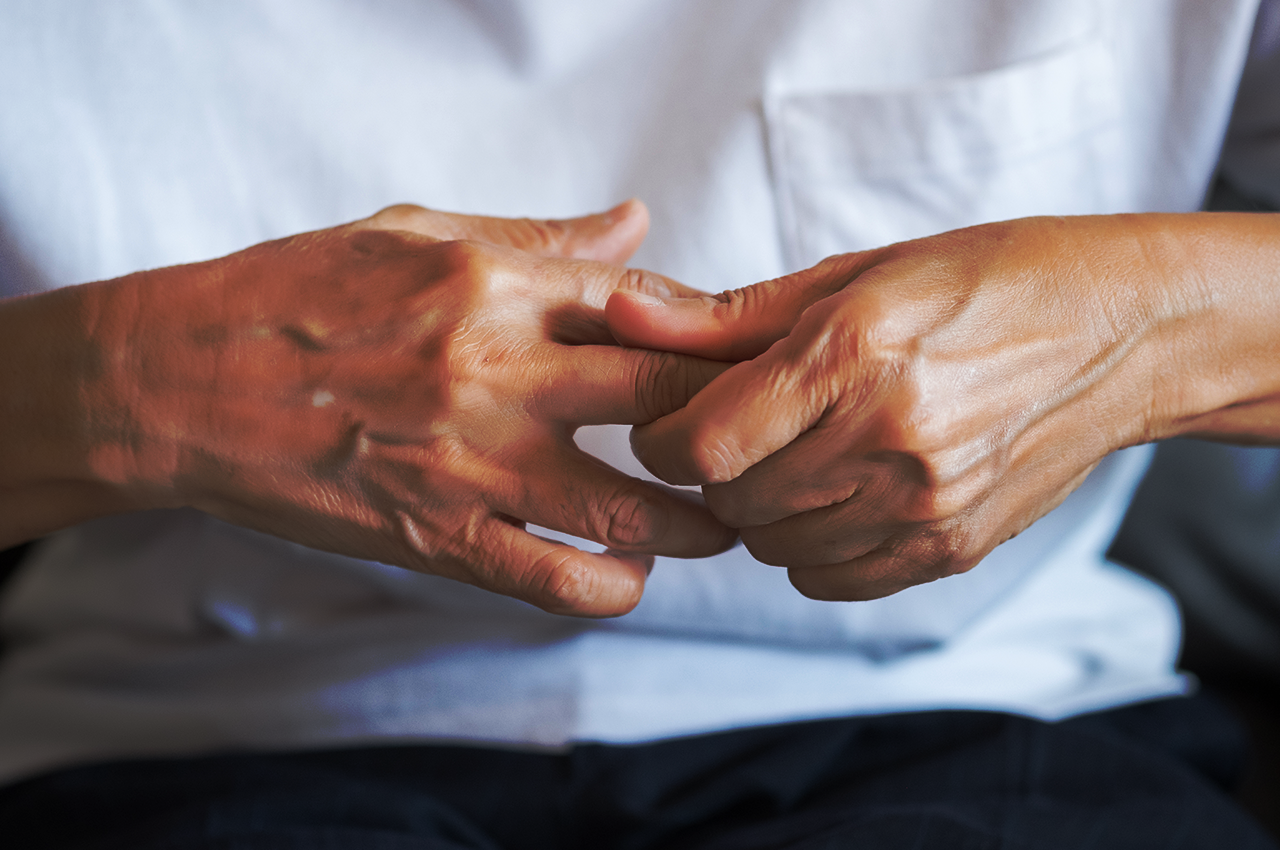You’ve been shooting texts back and forth for hours. Your neck and wrists are aching, but texting is harmless, so it couldn’t be the culprit, right?
Unfortunately, it could. You could be developing textitis.
Are you a victim of textitis?
Coined by American hand surgeon Dr Mark Ciaglia, textitis (osteoarthritis) is caused by excessive texting or typing via your cell phone, laptop, tablet or any other electronic device.
This can lead to neck pain, elbow pain, hand, wrist and thumb pain, as well as numbness and tingling in the arms, forearms, hand, and fingers. Most of the problems involve the thumbs, pinkie fingers, and wrists.
Texting thumb, also known as trigger thumb or gamers thumb, is a common problem as texting involves hand motions that put stress on several small muscles, tendons, and nerves in your fingers and wrists.
These repetitions can lead to inflammation and pain and may sometimes even require surgery. The condition affects the tendons on the thumb side of the wrist.
According to the National Centre for Biotechnology Information in the US, there has been an increasing number of younger people around the world with musculoskeletal disorders (MSD) of the hand, wrist, forearm, arm and neck.
While there may be no cure for this condition, a combination of rest and treatment can help alleviate pain and restore flexibility.
Treatment may include:
- Oral pain medication and anti-inflammatories
- Occupational therapy
- Injections and sometimes even surgery
Prevent textitis
Fortunately you can prevent discomfort with these easy tips:
- Stretch. Open and close your fingers throughout the day to keep your tendons nimble. Wrist circles can also help.
- Limit time spent gaming, texting, etc.
- Get some thumb rest. Use your index finger to text or try the voice feature on your phone to send messages.
- Call, don’t text. Try chatting rather than texting or emailing.
- Soak your thumb in warm water during regular breaks
- Acupuncture
- Track your smart phone usage and think of different ways you can cut back. If you find yourself spending more time with your phone than with your friends and family, try and put your phone away during dinner. Enjoy some human interaction and conversations with your loved ones.
For your hand, fingers and thumb
- Curl your fingers and thumb into a tight fist then straighten your fingers as far as you can go without pain.
- Start with your fingers fully extended and together, now spread your fingers apart as far as you can go – again without pain.
- Move your thumb to each fingertip beginning with your index finger and finishing with your little finger.
Wrist
- Hold your arm in front of you with your elbow extended, flex the wrist forward. Repeat with wrist extended. (Hold for 20 seconds on each side)
Neck
- Use your hand to gently pull your head to the side and rotate your nose towards the same shoulder. (Hold for 20 seconds on each side)
Shoulders
- Roll the shoulders 10 times forward and 10 times backward.
- Perform 10 big-reaching shoulder circles with arms extended
References:
- https://www.businessinsider.com/texting-thumb-pain-what-it-is-and-how-to-treat-it-2017-4?r=US&IR=T
- https://www.bodyandsoul.com.au/health/health-news/arthritis-from-texting-doctors-say-textitis-on-the-rise/news-story/0e19a4ca9ec8c157cb8f1dd21f18565b
- https://pdfs.semanticscholar.org/3eda/5328014a7856d0f83c37182187be298e5665.pdf
- https://www.womanandhome.com/health-and-wellbeing/is-your-phone-ageing-you-91930/
- https://www.rush.edu/health-wellness/discover-health/when-technology-hurts
- https://www.healthline.com/health-news/how-to-avoid-selfie-elbow-and-texting-thumb
- https://www.resurgens.com/news/carpal-tunnel-warning-signs
- https://ristroller.com/blogs/rolling-with-it/112989957-understanding-gamers-thumb-prevention-and-treatment
- https://www.theglobeandmail.com/life/health-and-fitness/health-advisor/ten-ways-to-reduce-injuries-from-excessive-smartphone-use/article32054952/









